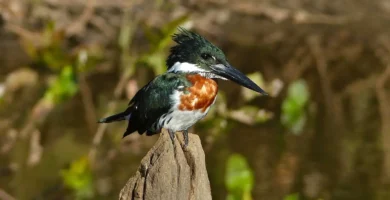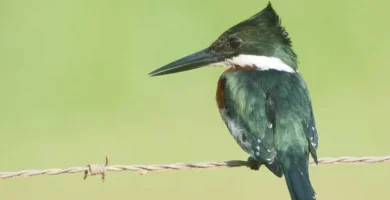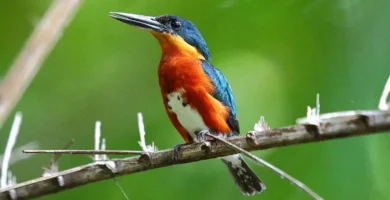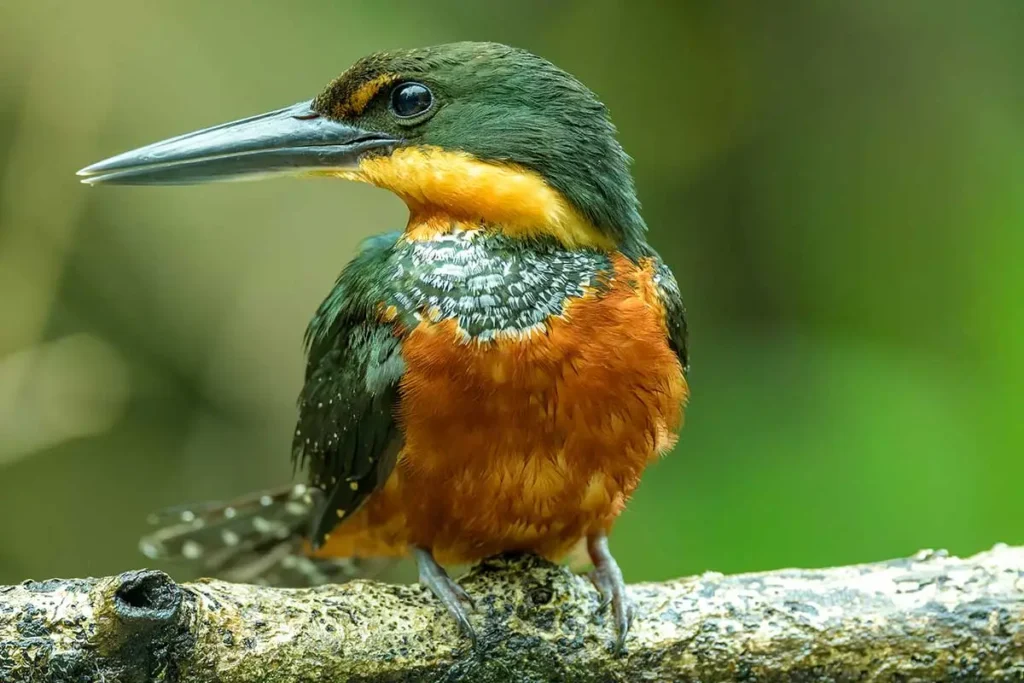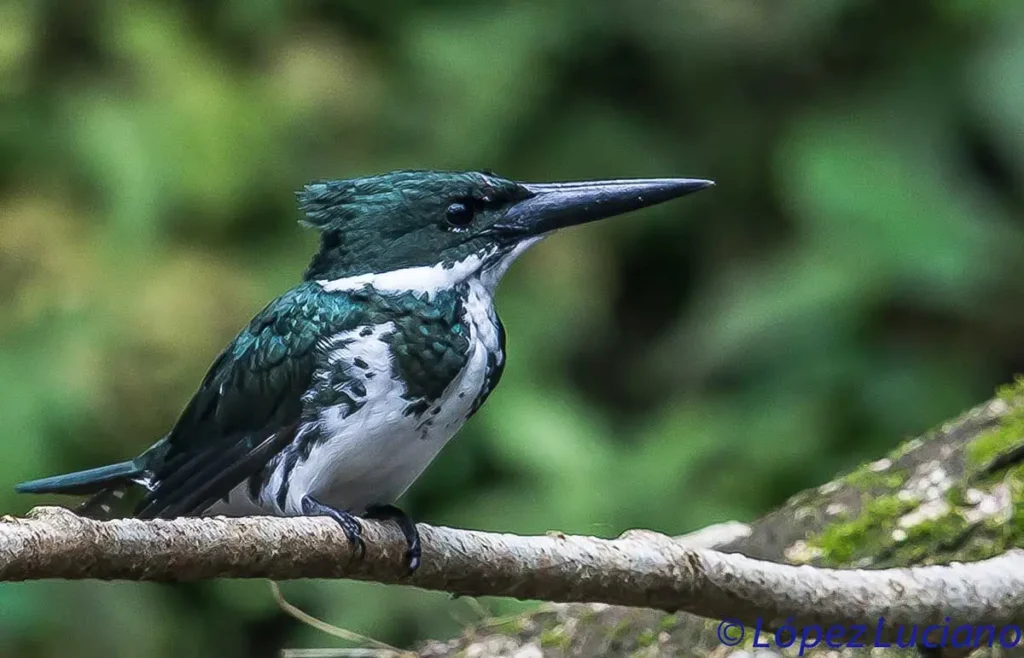
Welcome to the enchanting world of kingfishers, a group of small to medium-sized, brightly colored birds that are found all over the globe. These captivating creatures are known for their striking plumage, unique hunting techniques, and fascinating behavior. In this article, we will dive deep into the realm of kingfishers, exploring their various species, habitats, diet, and much more. Let’s embark on this journey together and uncover the secrets of these magnificent birds.
Types of kingfisher
The Diverse Species of Kingfishers
There are around 114 known species , belonging to the family Alcedinidae, which is further divided into three subfamilies: Alcedininae, Cerylinae, and Halcyoninae. These birds can be found in a wide range of territories, from dense forests and wetlands to coastal areas and open plains. Kingfishers are incredibly diverse in size, color, and habits, with some species living in family groups and others leading solitary lives.
Anatomy and Features
Many species of kingfishers are easily recognized by their stout bodies, large heads, and long, sharp bills that are perfect for catching prey. They have short legs and powerful wings that allow them to hover above water and dive rapidly to catch fish. Most kingfishers have brightly colored feathers that can be iridescent or even metallic, making them truly stunning to behold. Their tails can vary in length and shape, with some species sporting distinctive forked or rounded tails. In most species, the sexes are similar in appearance, although females often have slightly different plumage than their male counterparts.
Kingfisher Habitats and Distribution
Kingfishers are found in a wide variety of habitats across the world, from the tropical rainforests of South America and the mangroves of Southeast Asia to the deserts of Africa and the rivers of Europe. These adaptable birds can be found in areas with abundant water sources such as rivers, streams, lakes, and estuaries, as well as in more arid regions. In the United States, kingfishers are most commonly spotted in California, New York, and along the coasts of North and South America.
Kingfisher Diet and Hunting Techniques
The diet of kingfishers primarily consists of fish, but they are also known to eat a variety of other food, including insects, amphibians, and even small mammals. Their hunting techniques are truly a marvel to witness in any area they inhabit. They have keen eyesight and are able to spot their prey from a distance, often perching on a branch above the water’s surface. Once they have identified their target, they dive headfirst into the water, using their sharp bill to catch their prey.
In some cases, the kingfisher uses a technique called “hover hunting,” where it hover in place above the water before diving down to catch its prey. This remarkable skill relies on their powerful wings and acute vision, which allows them to accurately judge the position of their prey despite the refraction of light in the water.
Kingfisher Social Structure
Kingfisher social structure varies depending on the species. Some kingfishers, like the laughing kookaburra (Dacelo novaeguineae), live in close-knit family groups, while others lead more solitary lives. In general, they are territorial birds and will defend their chosen areas from intruders. They communicate with each other through a variety of calls, including the distinctive “rattling call” that many species are known for.
Kingfisher Nesting and Breeding Behavior
Kingfishers display unique nesting and breeding behaviors, with many species excavating burrows in the banks of rivers, streams, or dirt banks, and even utilizing termite nests. The entrance to the burrow is usually a small, circular hole, which leads to a tunnel that can be several feet in length. At the end of the tunnel, the kingfishers create a nesting chamber where they lay their eggs and raise their young.
Both male and female participate in the excavation process and share the responsibility of caring for the eggs and the young. Depending on the species, they may lay anywhere from two to ten eggs, which are incubated for a period of 18 to 24 days. Once the eggs hatch, both parents work together to feed and protect their offspring until they are ready to leave the nest.
Kingfisher Conservation Status and Threats
These birds face numerous threats in the wild, including habitat loss, pollution, and predation. In some regions, populations have declined significantly due to factors such as deforestation, pesticide use, and the destruction of riverbanks for agriculture or development. The conservation status of kingfishers varies among species, with some considered to be of least concern, while others are classified as vulnerable or endangered by organizations like BirdLife International.
Fascinating Kingfisher Facts
Unique Kingfisher Species
- Paradise kingfishers: These striking birds are native to the forests of Indonesia and Papua New Guinea. They are known for their dazzling blue and red feathers and their long, streamer-like tails.
- Laughing kookaburra (Dacelo novaeguineae): Native to Australia, the laughing kookaburra is the largest kingfisher species. It is known for its distinctive “laughter” call, which is often used to establish territory and communicate with other members of its family group.
- Forest kingfishers (Todiramphus macleayii): Found in the forests and mangroves of Australia, New Guinea, and nearby islands, these kingfishers are characterized by their bright blue and white plumage.
Interesting Adaptations and Characteristics
- Kingfishers have unique bones in their necks that allow them to rapidly change the angle of their heads, enabling them to accurately target their prey in the water.
- The bright colors of kingfishers are not due to pigments in their feathers, but rather to the microscopic structure of the feathers themselves, which refract and scatter light in such a way as to produce their vivid hues.
- Kingfishers have specially adapted eyes that allow them to see well both above and below water, which is essential for their hunting techniques.
Get Involved and Support Kingfisher Conservation
If you’re passionate about kingfishers and their conservation, there are several ways you can get involved and offer your support. Many organizations dedicated to the conservation of birds and wildlife, such as BirdLife International, offer opportunities to participate in advocacy, education, and conservation efforts.
You can also share information about kingfishers on social media to raise awareness of these fascinating birds and the threats they face in the wild. By staying informed and spreading the word, you can help to ensure that they continue to thrive in their natural habitats for generations to come.
Kingfishers in Popular Culture
Kingfishers have long been a source of fascination and inspiration in various cultures around the world. The name “kingfisher” is thought to have originated in England, with the Old English word “cyningfiscere,” which translates to “king’s fisher.” In French, the word for kingfisher is “martin-pêcheur,” which means “fisher martin.”
In some Native American cultures, kingfishers are considered symbols of luck and prosperity, while in other traditions, they represent peace and tranquility. The striking colors and graceful movements of kingfishers have also inspired countless artists and writers throughout history.
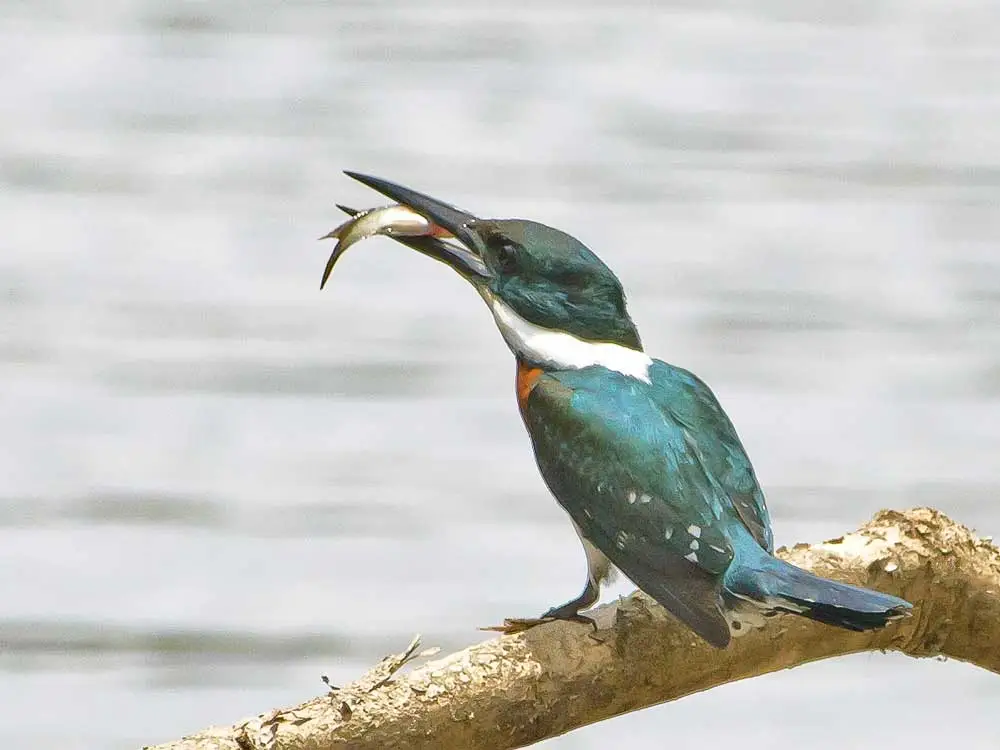
Conclusion
A kingfisher is a truly extraordinary bird, with vibrant colors, remarkable hunting skills, and unique nesting habits. These captivating creatures can be found in a diverse range of territories across the globe, from the lush forests of Indonesia to the arid deserts of Africa. As we continue to learn more about these fascinating birds and their complex lives, it’s crucial that we work together to protect and conserve their habitats to ensure their survival for generations to come. By raising awareness, supporting conservation efforts and sharing useful information and news in social media, we can all play a part in preserving the beauty and wonder of the world’s kingfishers.

